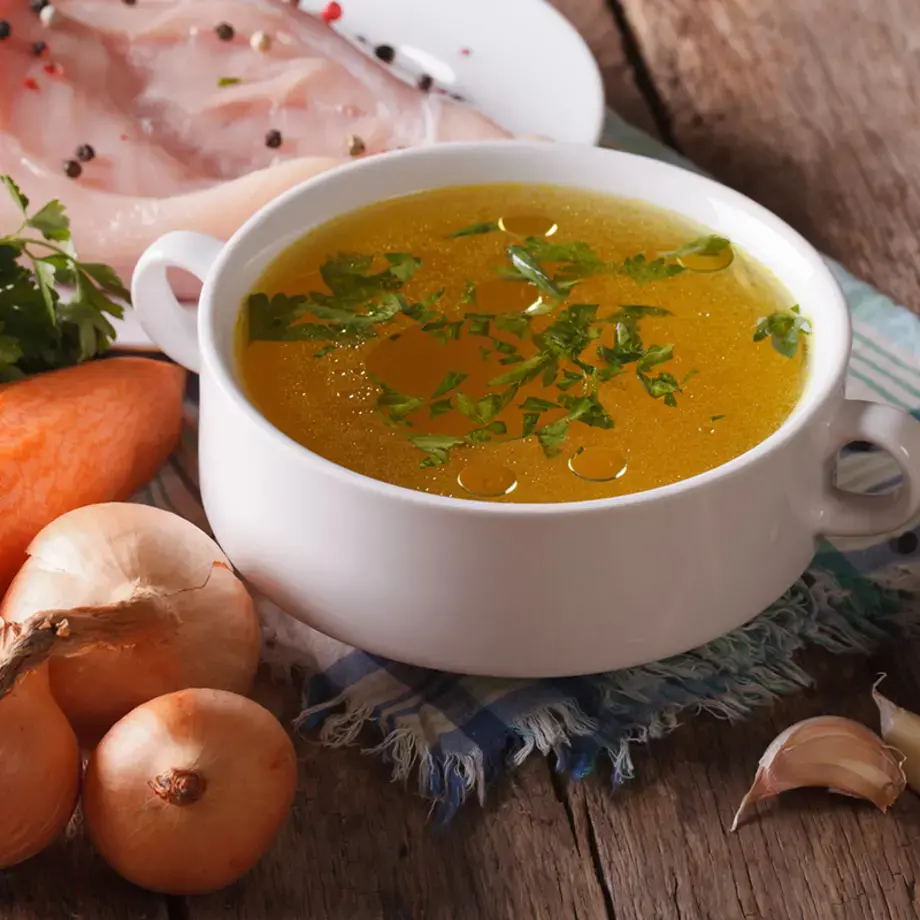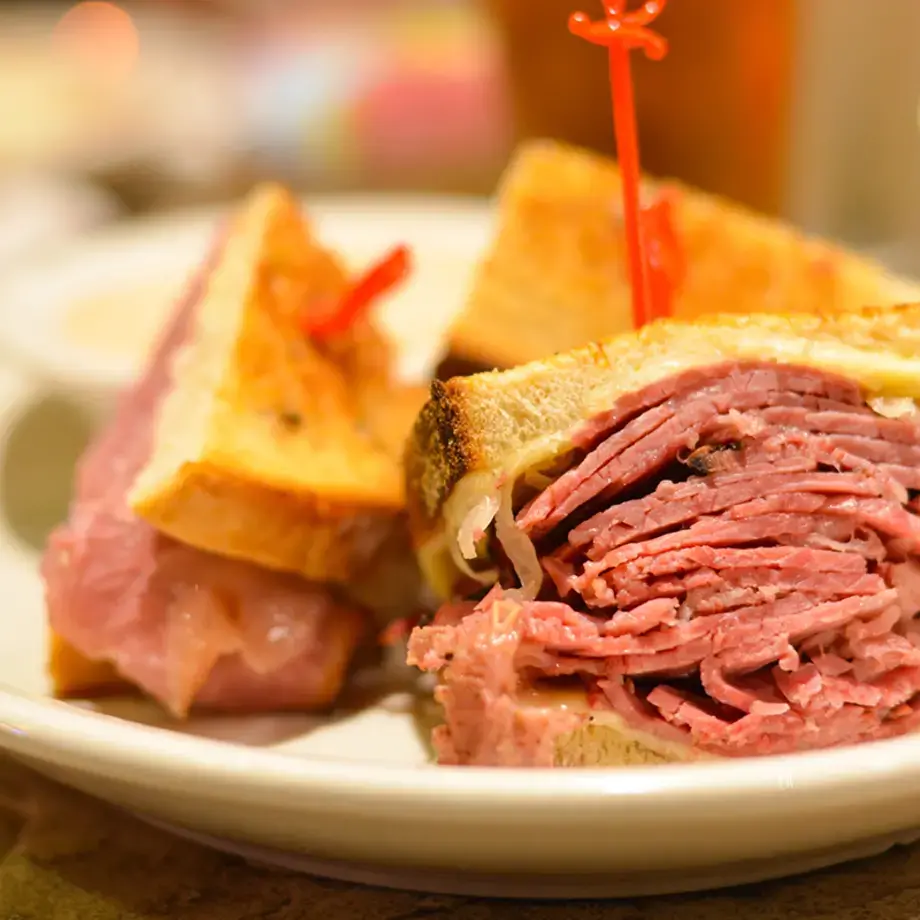Salmon Coulibiac is a dish that can safely be described as legendary, for its complexity, its story, its weirdness. It is a dish to cook when time and fiddly-ness are not concerns. When you’ve got plenty of wine, time with friends and family, nothing on the immediate to-do list, and you can just lose yourself in cooking. It is a Project Dish.
The History of Coulibiac
The dish is Russian, originally, called kulebiaka. In short, it’s a pastry crust into which are baked an entire meal with side dishes: rice, salmon, mushrooms, hardboiled eggs, dill and shallots, although the contents can vary to taste. James Beard called it “the most unusual dish he ever encountered,” and he was a man who had encountered many a dish. If you thought Fillet Wellington was a bit tricky—getting a perfectly rare roast beef to emerge within a delicious pastry crust—then this kicks it up a notch further, with an entire multi-course meal’s worth of stuffing inside said crust.
Coulibiac is the French version of the original Russian dish that, the story goes, the godfather of French cuisine, Auguste Escoffier, learned in order to serve to officers from the Russian navy who were guests at Restaurant Français in Nice, which was run by his uncle. The officers missed their homeland, and Escoffier’s uncle wanted to provide a taste of it. Escoffier liked the dish enough to include it in his Le Guide Culinaire, from which Julia Child adapted a lighter version (swapping out brioche dough for an oversized crepe and pate a choux) in 1978 (also anglicizing the name of the dish to “choulibiac”).
The Russian original swapped out rice for buckwheat and salmon for sturgeon. There’s even an extra fancy version that the tsars loved which is called vesiga, and included the spinal marrow of sturgeon (no, I’ve never tried that either). But we’ll focus on the most popular recipe, at least in the anglophone world, which is Julia Child’s.













